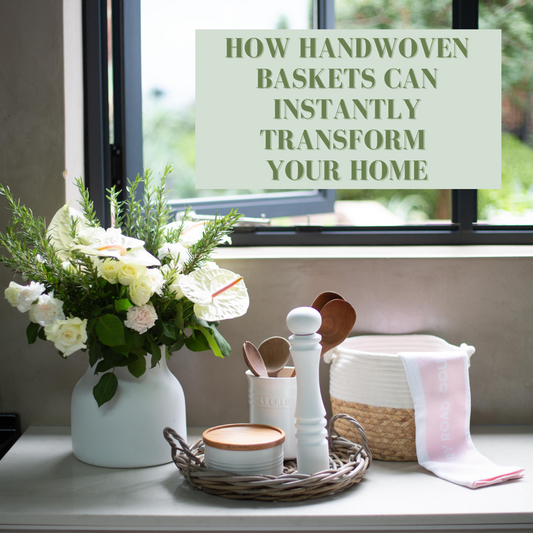Basketry is an ancient craft that has been practiced by various cultures around the world for thousands of years. From functional containers to intricate works of art, baskets have played a significant role in human history. Let’s explore the fascinating evolution of basketry through the ages.
What is the Origin of Basketry?
The origins of basketry can be traced back to prehistoric times, with some of the oldest known baskets dating back over 10,000 years. Early humans crafted baskets using materials readily available in their environment. These early creations were primarily used for gathering, storing, and transporting food. However, they also served ceremonial and decorative purposes, showcasing the early intersection of utility and artistry.
How Did Basketry Develop Over Time?
As civilizations advanced, so did the art of basketry. Different cultures developed unique techniques and styles, utilizing a variety of materials such as grasses, reeds, vines, and even animal fibers. In ancient Egypt, baskets were not only everyday objects but also carried significant cultural weight, being used in religious ceremonies and burial rituals. This evolution highlights how basketry transitioned from a purely functional craft to a symbol of cultural identity and artistic expression.
What Role Did Basketry Play in Native American Cultures?
Native American tribes have a rich tradition of basketry, with each tribe developing its distinctive styles and patterns. Baskets were more than practical items for storing food and goods; they held symbolic and spiritual significance. For instance, the Cherokee people used river cane to create intricate double-weave baskets, a skill passed down through generations. These baskets often told stories, marked important events, and were used in various ceremonies, making them an integral part of cultural heritage.
How Did Basketry Evolve in Asia?
In Asia, basket making has a long history, with countries like Japan, China, and Indonesia renowned for their intricate basketry techniques. Bamboo, a versatile and sustainable material, is commonly used in Asian basket making. Japanese bamboo baskets, known as "kago," are highly prized for their craftsmanship and beauty. These baskets are not just utilitarian; they are considered works of art, with some even used in the traditional Japanese tea ceremony.
What is the Significance of Basketry in African Cultures?
In many African cultures, basket making is not just a practical skill but a form of artistic expression. Basket weaving techniques have been passed down through generations, with each region having its unique style. In countries like Ghana and Botswana, baskets are not only used for storage but also as symbols of cultural identity. The vibrant colors and patterns of African baskets often tell stories or represent local flora and fauna, showcasing a deep connection to nature and community.
How is Basketry Celebrated Today?
Today, basketry continues to thrive as both a traditional craft and a contemporary art form. Many artists and designers are pushing the boundaries of basket making, experimenting with new materials and techniques. Basket weaving workshops and exhibitions are held around the world, celebrating the rich history and cultural significance of this ancient craft. Whether used as functional storage solutions or as decorative accents, baskets have a timeless appeal that resonates with people across cultures.
Bring the Timeless Art of Basketry into Your Home
Baskets are more than just containers; they are pieces of history, artistry, and culture that add warmth and character to any space. Incorporating baskets into your home décor not only brings a touch of natural beauty but also connects you with a craft that has been cherished across civilizations.
Here’s why you need baskets in your home:
- Functionality Meets Style: Baskets are perfect for organizing and storing items in a stylish way. From holding blankets in the living room to organizing pantry items, they offer a versatile solution for every room.
- Eco-Friendly Choice: Baskets made from natural materials are a sustainable option, helping you reduce your environmental footprint while adding a rustic charm to your space.
- Cultural Connection: Owning and displaying handcrafted baskets is a way to honor and celebrate the rich cultural heritage of this timeless craft.
- Unique Décor: Each basket is unique, bringing a sense of individuality to your home. Whether it’s a large woven piece that serves as a focal point or a set of smaller baskets for organizing, they add texture and interest to any decor style.
Explore our collection at Basketly and find the perfect basket to complement your space. By choosing a Basketly piece, you’re not just adding a beautiful accessory to your home; you’re embracing a tradition that spans centuries and connects us all.
From its humble beginnings to its status as a revered art form, the history of basketry is a testament to human creativity and ingenuity. By exploring the evolution of basket making across different cultures and time periods, we gain a deeper appreciation for this timeless craft. Now, it's time to make a piece of this history part of your own story.




